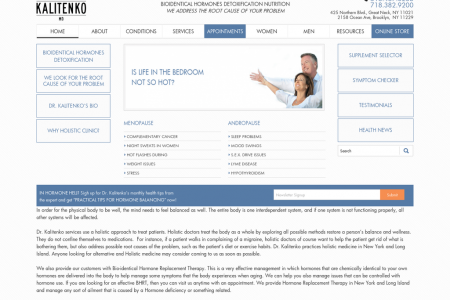
How To Choose The Safest Seafood
HOW TO CHOOSE THE SÄFEST SEAFOOD Along with being a tasty source of protein, seafood is one of the best ways to get those essential omega-3 fatty acids. But some popular seafood species contain high levels of metals (especially mercury) and potentially harmful industrial chemicals. So how do we know what's safe to eat? WHAT TO WATCH OUT FOR So here's how it works: 1. Toxic contaminants accumulate in small ocean organisms (just from daily exposure to small amounts). 2. Fish and other sea creatures eat these tiny organisms, causing a buildup of the same toxins in their bodies. 3. We consume these animals. 4. Those toxins can then pose a risk to our health. ... .. So what toxins are we talking about, exactly? MERCURY PCBS PESTICIDES Children are especially vulnerable to mercury exposure, which can seriously impede development. Overexposure to this metal can harm the kidneys and heart, and can also lead to impared motor/sensory function. While the risk of exposure by eating seafood varies and is likely low, repeated exposure to these chemicals can still harm skin and immune function. Farming chemicals can run off into various fresh water and salt water supplies, contaminating seafood species. (Note: this is only an issue for sport fishing and more research is needed to verify) EAT UP! Never fear! There are a good deal of sea creatures that are safe to eat once per week or more. They contain such small levels of contaminants that repeated exposure won't have harmful health effects. When picking a safe species, sustainability matters, too: None of the options below are currently on environmental watch lists (so if the species is facing moderate to severe overfishing, you won't find it listed here). FROM THE FARM Tilapia (American) Bay Scallops Oysters Rainbow Trout Striped Bass Catfish FROM THE WILD Domestic Mahi-mahi (caught by troll/pole) Dungeness and Snow Crab Clams Atlantic Herring Alaska Pollock Domestic Crayfish Spiny and Maine Lobster Anchovies Squid Pacific Cod Mussels ALL AROUND GOODNESS Wild Alaskan Salmon (canned or fresh) Domestic Shrimp (farmed or wild) ON ALERT! The following species contain high levels of contaminants and/or are facing severe overfishing. They should be eaten in moderation or avoided altogether: Bluefin Tuna Atlantic Salmon Tilefish Albacore Tuna Marlin Walleye Chilean Sea Bass Swordfish Atlantic Cod Eel Shark Orange Roughy Red Snapper Atlantic-caught flatfish (halibut, flounder, sole) Wild Sturgeon and Paddlefish Caviar King Mackerel WHAT TO ASK ABOUT YOUR SEAFOOD We're not powerless when it comes to making better seafood choices. Here's what to ask at the fishmonger or restaurant before picking your meal: Where's it from? Opt for domestic over imported, both for safety and sustainability. Farmed or Wild? Choose wild unloss otherwise specified on the list above. How's it farmed? How's it caught? Choose fish caught by hook and line, troll, or spear. Avoid anything caught using unsustainable methods that has a high by-catch (accidental catch of other species). Choose USA-farmed fish. Opt for a low-/no-output, recirculating system if possible. Is this fish on local watch lists? Is it caught or farmed locally? Locally caught fish are usually safer to eat (and often fresherl). While the lists we've included here are up to date, seafood risks can change from one season to the next. Check to see if there are any local advisories for specific species you eat regularly. Greatist Sources http://water.apa.gowscitech/swguidanca/fishahallfish/outrasch/advice_indax.cfmhttp://apps.edf.org/page.cfm?taglD-17694 http://eww.ncbi.rm.nh.gowpubmed/21424780 http://eww.montaraybayaquarium.org/a/SeafoodWatch/wob/sfw_regional.aspx http://documents.foodandeaterwatch.org/doc/SeafoodCard2012.paf http://apps.edf.org/page.cfmtagD-127 http://erww.naaq.org/consanvation_and rosoarchiprojactufishories bycatchaquaculturalsustainable fisharias/celabate soafood'o caan-friendly_seafood/spacies/pacific_cod.php lemon ly
How To Choose The Safest Seafood
Source
http://great...st-seafoodCategory
FoodGet a Quote











